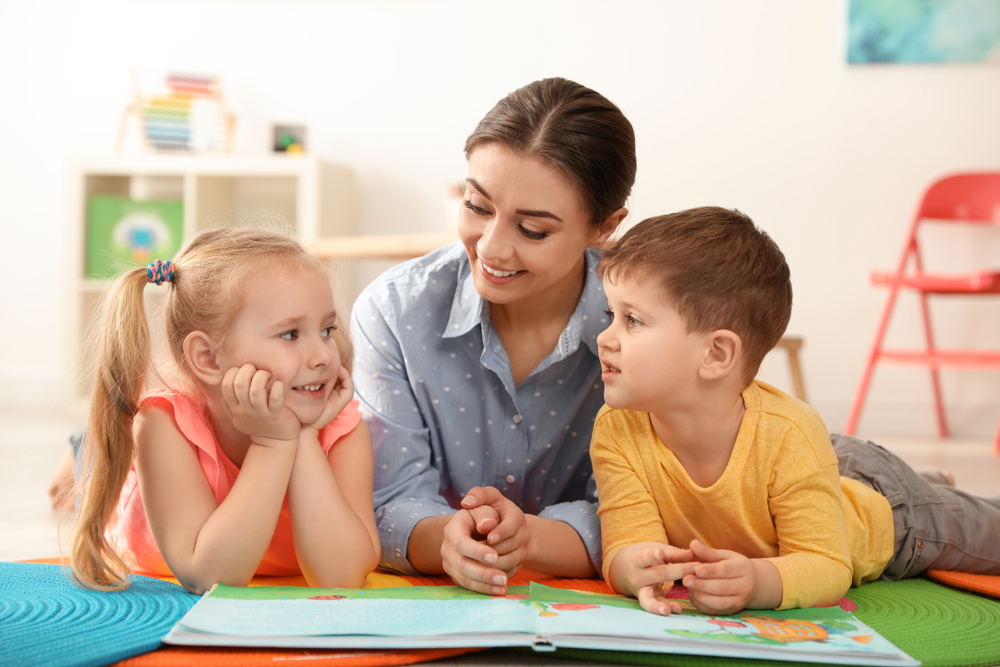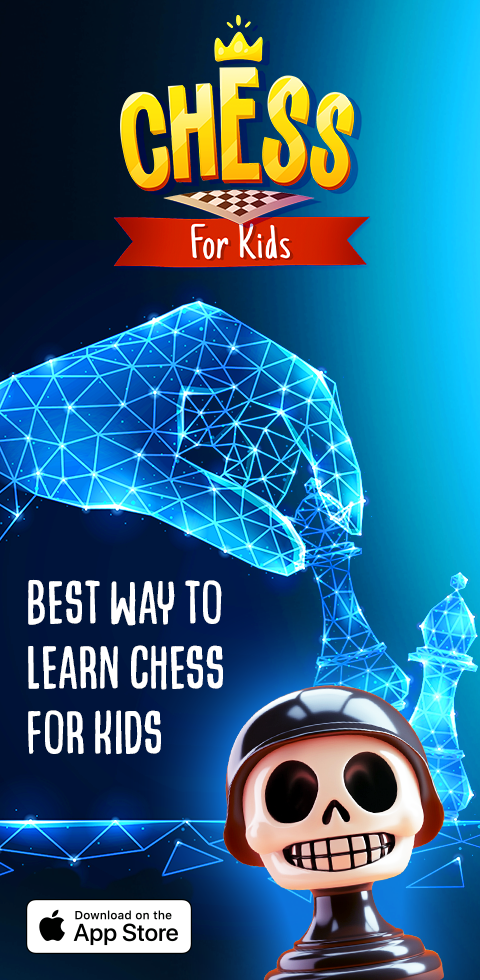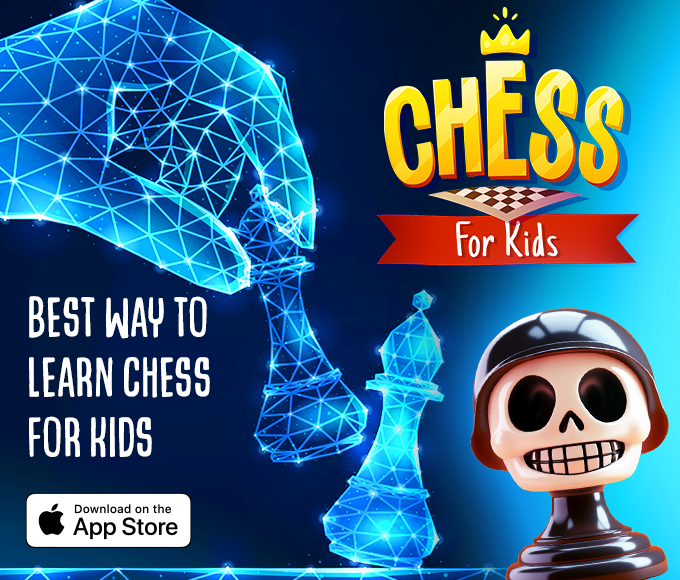10 Tips on How to Read Aloud to Kids
Sept. 13, 2015
In our previous blog post we gave some advice on how to choose books for kids. Today we are going to share some tips about reading aloud. We’ve done thorough research into the topic and we are sure you will benefit from following the tips.
- Start reading to your child as early as possible. Some children’s psychologists claim you need to start reading aloud to your kids as soon as they are born!
- Begin with rhymes and songs. Kids love those, they start dancing to music even before they start talking, no wonder they’d learn a song first and a poem later. Rhymes are important as kids hear the vowels consonants make in a word. Rhyming words will also help them to distinguish different letters when they start learning the alphabet.
- For infants through toddlers it’s important to accompany reading with illustrations. This way they will understand what the story is about. If they don’t – then reading aloud has failed.
- It’s important for very little readers to hear the same words repeated before they finally learn them. Read them stories that repeat the words you want them to know. When you read a familiar book, stop at the word your kid knows and let her say it.
- Make reading a routine – allocate time to reading and read regularly. All educators advise to read every day, some of them suggest even reading 2-3 stories a day. Children need to hear a thousand stories before they can begin to learn to read.
- Start with picture books, with only a few sentences on the page, and then gradually move to books with more and more text.
- Pre-read a story yourself before your read it to your kids. By doing so, you can spot the passages your kid won’t be able to handle. Pre-reading also helps to choose appropriate intonation.
- When you start reading to your child, always say the name of the book and the author. Also, let your children look at the cover and ask them, “What do you think the story is going to be about?”
- Vary intonation and voice pitch when reading. This makes a story more emotional.
- Leave time for discussion after reading or bring a third dimension to the story. By third dimension we mean such activities, as going jigsaw puzzles with the characters of the story, acting out a role play, etc.
We hope you've found this post useful. Happy reading!
Adsense-container
Comments














